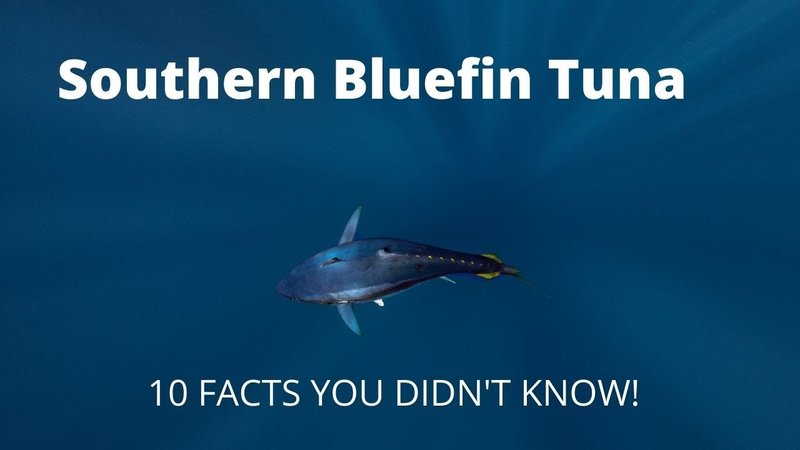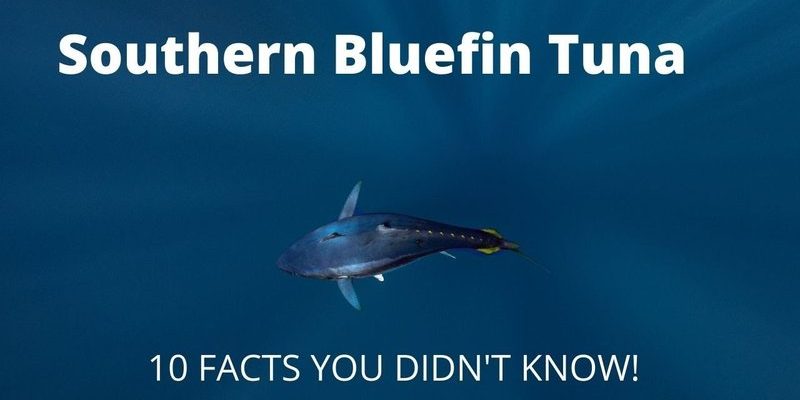
Now, you might be wondering why the bluefin tuna has such a big reputation. Beyond its impressive physical abilities, this fish has some fascinating facts that may surprise you. From its migratory patterns that span across oceans to its cultural significance in various cuisines, the bluefin tuna has a story worth telling. Let’s dive into ten cool things about this magnificent fish that you probably didn’t know.
1. The Speed Demon of the Sea
You might think of a cheetah as the fastest creature on land, but in the water, the bluefin tuna takes the crown. These fish can swim up to 45 miles per hour (about 72 kilometers per hour). That’s like a high-speed chase but underwater! Their streamlined bodies, powerful tails, and unique muscle structure allow them to zip through water effortlessly.
Imagine being able to chase down prey like a flash. Bluefin tuna can cover vast distances in search of food, which is crucial for their survival. They primarily feed on fish and squid, making their speed a significant advantage.
2. Giant Size
Bluefin tuna aren’t just fast; they’re also massive. These fish can weigh over 1,000 pounds (about 450 kilograms) and grow more than 10 feet (3 meters) in length! To put that in perspective, that’s about the size of a small car. Their size can be a bit intimidating, but it also makes them a target for commercial fishing.
Their impressive size is not just for show; it helps them store energy for their long migrations and endure colder waters. However, this remarkable size comes with challenges, especially due to overfishing.
3. Masters of Migration
Bluefin tuna are known for their incredible migratory journeys. They travel thousands of miles between breeding and feeding grounds, often crossing entire oceans. For instance, they often migrate from the Gulf of Mexico to the North Atlantic, taking advantage of seasonal waters rich in food.
You might be wondering how they navigate such vast distances. Research suggests they use a combination of water temperature, currents, and possibly even the Earth’s magnetic field. Their ability to traverse these long distances highlights their adaptability and resilience in the wild.
4. A Unique Ecosystem Role
The bluefin tuna plays a vital role in the marine ecosystem. As a top predator, they help maintain the balance of marine life. By controlling the populations of smaller fish, they ensure that no single species dominates the ocean.
Without bluefin tuna, the entire ecosystem could suffer. They contribute to biodiversity, which is essential for a healthy ocean. Imagine a world where certain fish species become overpopulated without their natural predators—that could lead to significant issues in marine health.
5. Culinary Delicacy
One of the most intriguing aspects of bluefin tuna is its role in culinary traditions, especially in Japanese cuisine. The fish is highly sought after for sushi and sashimi, often commanding high prices at markets. The fatty belly part, known as otoro, is particularly prized for its rich flavor and buttery texture.
This cultural significance isn’t just about taste; it’s also a symbol of status in many culinary circles. Chefs are often keen to showcase bluefin tuna in exquisite dishes, making it a centerpiece of fine dining. However, this demand has raised concerns about sustainability and overfishing.
6. Conservation Concerns
With great desirability comes great responsibility. Bluefin tuna populations have faced significant decline due to overfishing. Conservation groups are actively working to protect these fish, pushing for sustainable fishing practices and stricter regulations.
The plight of the bluefin tuna serves as a reminder of the fragility of ocean ecosystems. Consumers can play an essential role by choosing sustainably sourced seafood. Supporting responsible fishing practices helps ensure these incredible fish can thrive for generations to come.
7. Incredible Sense of Smell
Bluefin tuna have a highly developed sense of smell—much better than ours. They can detect prey from miles away by picking up on chemical cues in the water. This keen sense helps them locate food sources efficiently, making hunting easier even in the vastness of the ocean.
Imagine being able to smell your favorite food from blocks away; that’s pretty much how bluefin tuna operate. This ability not only contributes to their hunting success but also plays a vital role in their survival.
8. Long Lifespan
While many fish have short lifespans, bluefin tuna can live for decades. Some individuals have been known to reach ages of up to 40 years or more. This longevity plays a significant role in their breeding potential and overall sustainability.
Long-lived fish like the bluefin tuna reproduce later in life, so protecting older individuals is crucial for maintaining population levels. Imagine how essential it is to ensure that these fish get the chance to breed multiple times during their lifetimes.
9. Unique Reproductive Habits
Bluefin tuna spawn in warm, shallow waters, where the current helps disperse their eggs. They can lay millions of eggs at once, but only a small fraction will survive to adulthood. This high mortality rate means that their reproductive strategy relies on quantity over quality.
The spawning season generally occurs in late spring and early summer, aligning with warmer ocean temperatures. Understanding these reproductive habits is vital for conservation efforts, as protecting their breeding grounds can help boost population numbers.
10. Cultural Significance
Beyond their physical and biological attributes, bluefin tuna hold cultural significance in various regions around the world. In Japan, they symbolize wealth and prosperity, making appearances at special celebrations and ceremonies. This cultural resonance adds another layer of complexity to their preservation.
In contrast, in the Mediterranean, they are celebrated in traditional fishing cultures, where catching a bluefin tuna is often seen as a rite of passage. This cultural connection highlights the importance of balancing tradition with conservation.
In conclusion, the bluefin tuna is much more than just a fish. It’s a remarkable creature with unique traits and cultural significance. Understanding these elements is essential for both appreciating their role in our oceans and advocating for their survival. So next time you hear about bluefin tuna, remember there’s a whole world of fascinating facts behind this underwater athlete!

